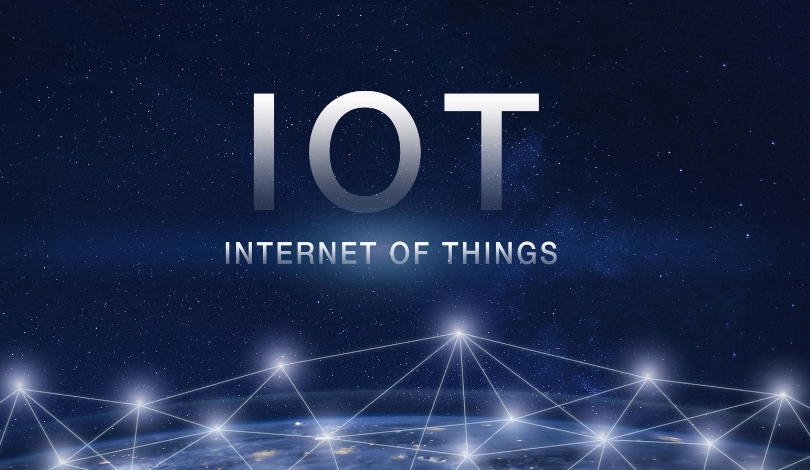Wi-Fi HaLow, a sub-1 GHz extension of traditional Wi-Fi technology, is set to significantly impact the Internet of Things (IoT) landscape. Its unique capabilities enable a wide range of applications across various industries, promising to enhance connectivity and efficiency. As smart devices become increasingly integral to everyday operations, Wi-Fi HaLow provides a robust solution to meet the growing demand for reliable wireless communication.
Previous forecasts estimated a more gradual adoption rate for Wi-Fi HaLow, but recent advancements in chipset technology and strategic industry partnerships have accelerated its integration into the IoT market. This shift reflects a heightened demand for long-range, low-power connectivity solutions that can support the evolving needs of smart infrastructure and industrial applications.
How is Wi-Fi HaLow addressing connectivity challenges in IoT?
Wi-Fi HaLow enhances connectivity by operating in the sub-1 GHz spectrum, which allows for longer range and better signal penetration compared to traditional Wi-Fi frequencies. This capability enables reliable wireless deployments across entire facilities or neighborhoods, supporting thousands of devices with reduced deployment complexity and lower total cost of ownership.
What are the benefits driving Wi-Fi HaLow adoption?
The adoption of Wi-Fi HaLow is propelled by multiple advantages, including low power consumption that extends device battery life, support for multiple channel bandwidths catering to various application requirements, and native IP support that simplifies network integration. Additionally, utilizing unlicensed spectrum minimizes operational costs and alleviates congestion in common Wi-Fi frequency bands, thereby improving overall network performance.
“Wi-Fi HaLow offers robust, long-range connectivity with low power consumption, making it an ideal solution for whole home, building, facility, or neighborhood level IoT applications requiring reliable, scalable wireless deployments. By operating in the sub-1 GHz spectrum, Wi-Fi HaLow provides enhanced signal penetration, enabling operation of beyond 1 Kilometer (km) in certain configurations, an up to 10X longer range compared to 2.4 GHz Wi-Fi. Meanwhile, it can support thousands of devices from a single Access Point (AP), reducing deployment complexity and total cost of ownership (TCO) compared to other IoT technologies,” explains Andrew Zignani, Senior Research Director at ABI Research.
Which sectors are leading the adoption of Wi-Fi HaLow technology?
Sectors such as smart home automation, industrial monitoring, and video applications are at the forefront of Wi-Fi HaLow adoption. The technology’s versatility is also gaining traction in smart retail, smart building management, smart cities, and connected agriculture, where its long-range and scalable connectivity solutions meet the specific needs of these verticals.
“With the growing availability of Wi-Fi CERTIFIED HaLow chipsets and modules, numerous devices are now hitting the market, proving the technology’s value,” Zignani says. “Wi-Fi HaLow is gaining significant traction in sectors such as smart home automation, industrial monitoring, and video applications, with its enormous potential now starting to be realized in other verticals such as smart retail, smart building, smart cities, and connected agriculture. The global ecosystem for Wi-Fi HaLow is expanding rapidly, bolstered by ongoing chipset innovations from leading vendors, including Morse Micro, and strategic partnerships in key verticals like agriculture, healthcare, and logistics.”
As awareness grows, Wi-Fi HaLow is expected to accelerate its integration into consumer and enterprise solutions, becoming a leading choice for next-generation IoT networks. Its seamless compatibility with existing Wi-Fi infrastructure facilitates easier adoption by various sectors, enabling the creation of new services and experiences. The expansion of the Wi-Fi HaLow ecosystem underscores its role in supporting the digital transformation of enterprises across multiple industries.










